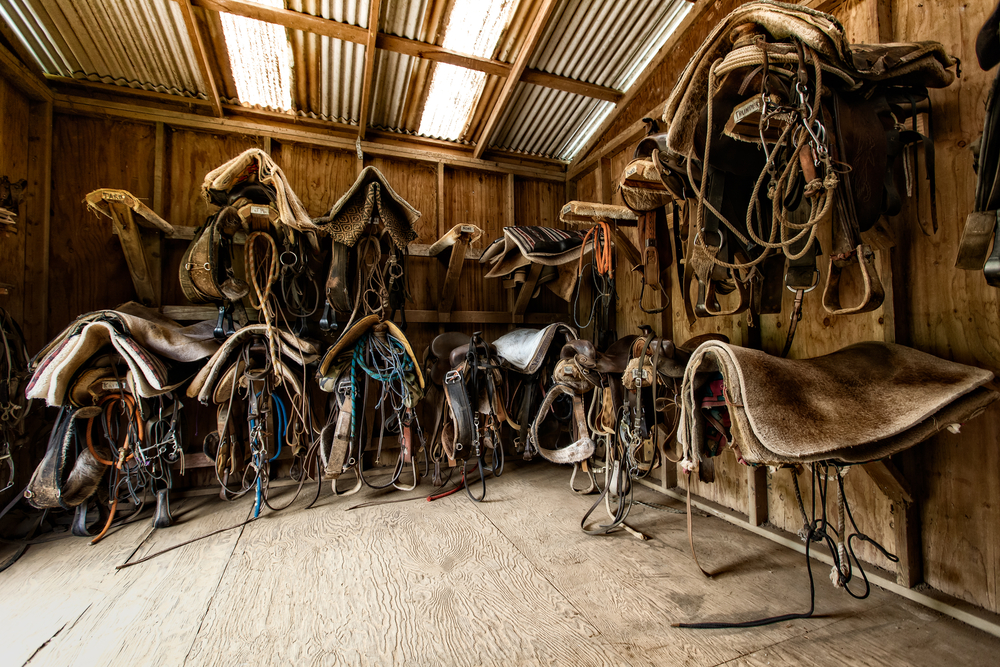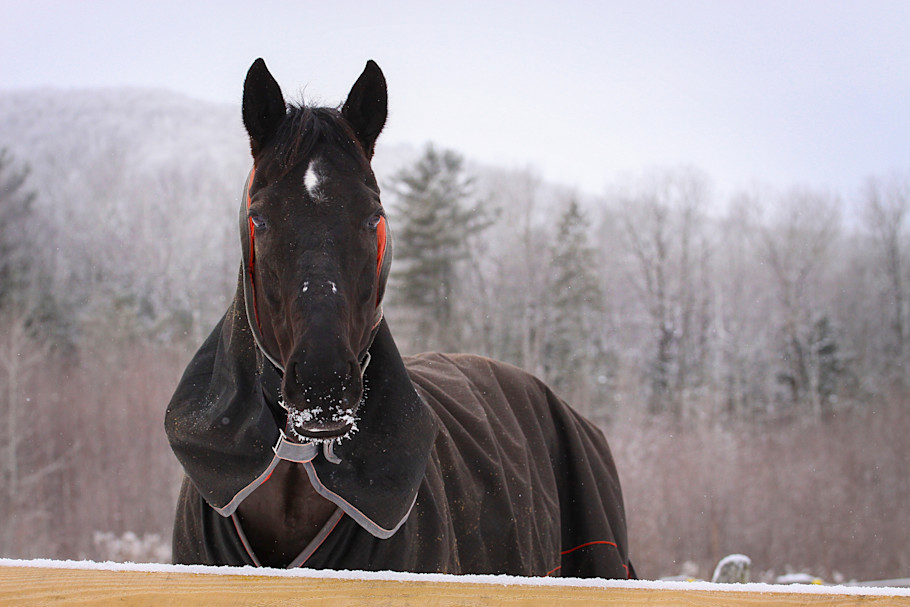In the world of equestrian sports, the importance of a properly fitting horse bit cannot be overstated. A well-measured horse bit is crucial for the comfort and control of your horse. In this article, we’ll delve into how to measure a horse bit to ensure both you and your horse have the best experience.

Understanding Horse Bits
Before we get into the measurement process, it’s essential to understand what a horse bit is and its purpose. A horse bit is a piece of tack used in a horse’s mouth to assist the rider in communicating commands. Different types of bits exert varying levels of pressure and serve different purposes.
The Anatomy of a Horse Bit
A horse bit consists of several parts, including the mouthpiece, rings, and shanks. Understanding these components is vital for accurate measurement and proper fit.

Why Accurate Measurement Matters
Accurately measuring a horse bit is crucial for preventing discomfort and potential injury to your horse. An ill-fitting bit can lead to an array of issues, including mouth sores, behavioral problems, and decreased performance.
Signs of an Improperly Fitting Bit
Recognizing the signs of an improperly fitting bit can help you adjust and find a better fit for your horse. Common signs include excessive chewing, head tossing, and resistance to commands.

Materials Needed for Measuring
To measure a horse bit accurately, you’ll need a few essential tools. These include a flexible measuring tape, a piece of string, and a ruler. Each tool plays a crucial role in obtaining precise measurements.
Measuring Tape
A flexible measuring tape is useful for measuring the length and width of the bit. It provides accurate readings and conforms to the shape of the bit easily.
Measuring String
A piece of string can be used to measure the circumference of the bit. This method is particularly helpful for bits with curves and bends.

Step-by-Step Measurement Guide
Now, let’s walk through the step-by-step process of measuring a horse bit. Follow these instructions closely to ensure accuracy.
Step 1: Measure the Width
The first step is to measure the width of the bit. Place the measuring tape across the widest part of the bit and take note of the measurement.
Step 2: Measure the Length
Next, measure the length of the bit from one end to the other. Ensure the tape is straight and not twisted for accurate results.
Step 3: Measure the Circumference
To measure the circumference, wrap the string around the bit and mark where it overlaps. Use the ruler to measure the length of the string, which represents the circumference of the bit.
Choosing the Right Bit for Your Horse
Once you have accurate measurements, selecting the right bit for your horse becomes easier. Consider your horse’s anatomy, riding discipline, and any specific issues they might have when making your choice.
Horse’s Anatomy
Understanding your horse’s mouth structure is crucial for selecting a comfortable bit. Some horses have sensitive mouths, and choosing a bit that accommodates this is essential.
Riding Discipline
The type of riding you do also influences the choice of bit. Different disciplines, such as dressage, jumping, or western pleasure, require specific types of bits for optimal performance.
Common Types of Horse Bits
There are numerous types of horse bits available, each serving a unique purpose. Some common types include snaffle bits, curb bits, and gag bits. Understanding the differences helps in making an informed choice.
Snaffle Bits
Snaffle bits are popular for their simplicity and gentle pressure. They are ideal for beginners and horses with sensitive mouths.
Curb Bits
Curb bits exert more pressure than snaffle bits and are often used in advanced training or specific disciplines like western riding.
Gag Bits
Gag bits provide increased control and are commonly used in disciplines that require precise movements, such as show jumping.
Caring for Your Horse Bit
Maintaining your horse bit is crucial for its longevity and your horse’s comfort. Regular cleaning and proper storage ensure the bit remains in excellent condition.
Cleaning
Clean the bit after each ride to remove saliva, dirt, and debris. Use mild soap and water, and avoid harsh chemicals that could damage the bit.
Storage
Store the bit in a dry, cool place to prevent rust and damage. Avoid exposing the bit to extreme temperatures or humidity.
Frequently Asked Questions
Q1: How often should I measure my horse’s bit?
A: It’s a good practice to measure your horse’s bit every six months or whenever you notice changes in their behavior or performance.
Q2: Can an ill-fitting bit cause long-term damage?
A: Yes, an ill-fitting bit can lead to long-term discomfort and potential injury. Regularly checking the fit and making adjustments is crucial for your horse’s well-being.
Q3: Are there any tools to make measuring easier?
A: Yes, there are specially designed bit-measuring tools available that provide quick and accurate measurements.
Conclusion
Measuring a horse bit is a fundamental skill for any equestrian enthusiast. By following the steps outlined in this guide, you can ensure your horse’s comfort and performance. Remember, a well-fitted bit is the key to a happy and healthy horse.
For more information on related topics, check out bridling tips and how to handle head tossing.
Discover more insightful articles from external sources such as Gear Patrol.
As an Amazon Associate, I earn from qualifying purchases.